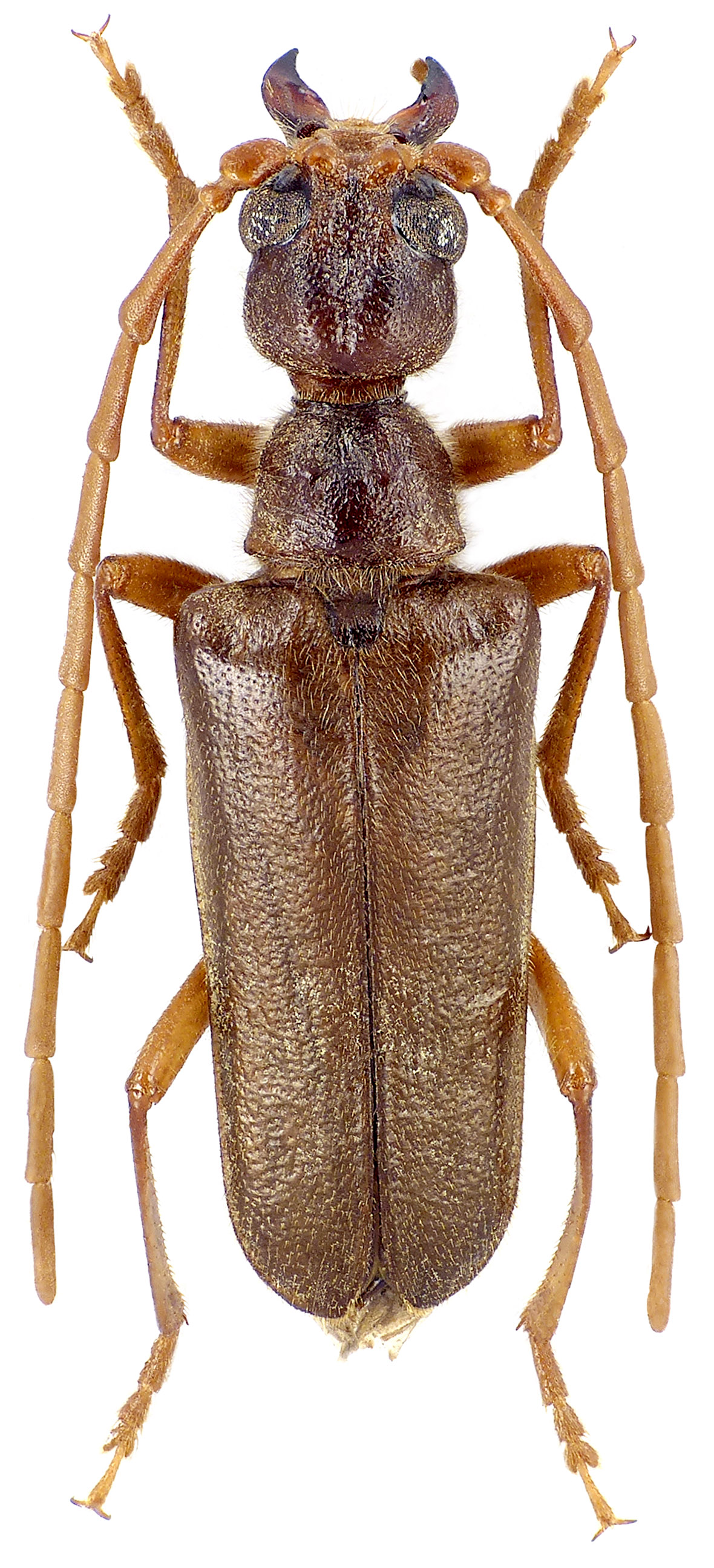Vesperus barredai, a rare species occuring in South of the Iberian Peninsula (Portugal, Spain), has been described by Antonio Verdugo Páez in 2009 [▽].
The biology of the species, sympatric to Vesperus bolivari Oliveira, 1890 (...and with which it is often confused ), is similar to other species of the genus, id est larvae develop on the roots of deciduous trees and shrubs.
The adults emerge in August-September and are active at dusk / early night hours. Males fly on warm windless nights and can be attracted by the ultraviolet light. Females are very rarely collected due to the hidden way of life,
during the day they are hidden under stones and plant remains and because they are apterous, unlike males, they cannot be attracted to the light.
| Body length: | 15 - 20 mm |
| Life cycle: | 2 and more years [?] |
| Adults in: | August - October |
| Host plant: | polyphagous on the roots of decidous trees and shrubs |
| Distribution: | Portugal (Ribatejo, Alto Alentejo), Spain (Seville province, Andalusia) |
The depicted male beetle was collected in Montorti environs (Alto Alentejo Province, Portugal) on September 1, 1993.
Collected by Antonio José Zuzarte
[▽]
Verdugo Páez A.:
Descripción de Vesperus barredai (Coleoptera, Cerambycidae, Vesperinae), nueva especie de cerambícido de la Península Ibérica.
Boletín de la Sociedad Andaluza de Entomología 16: 21-32, 2009.
[download  ]
]


